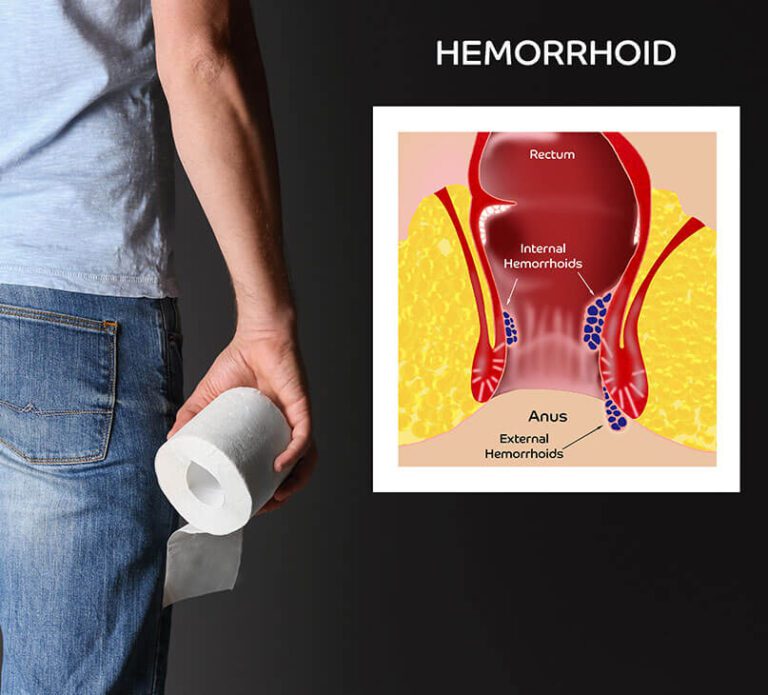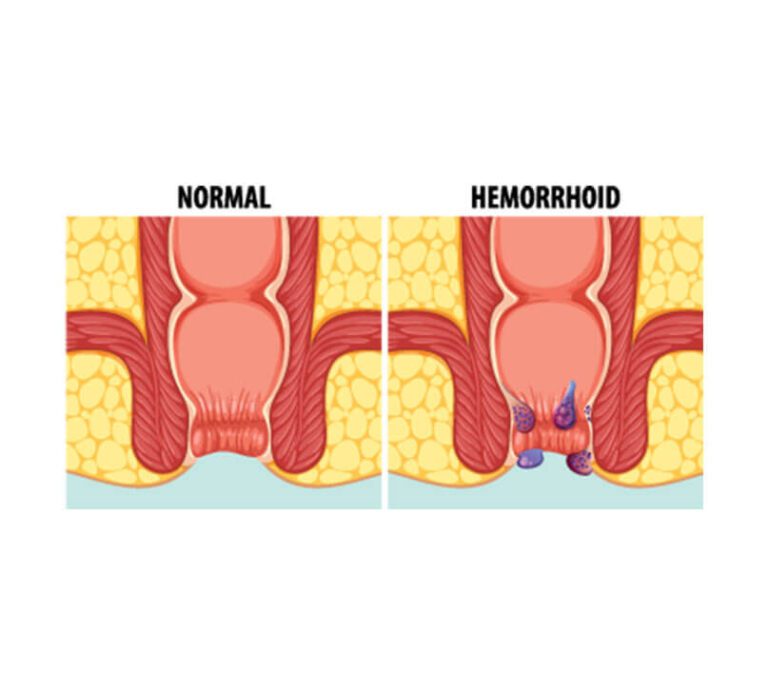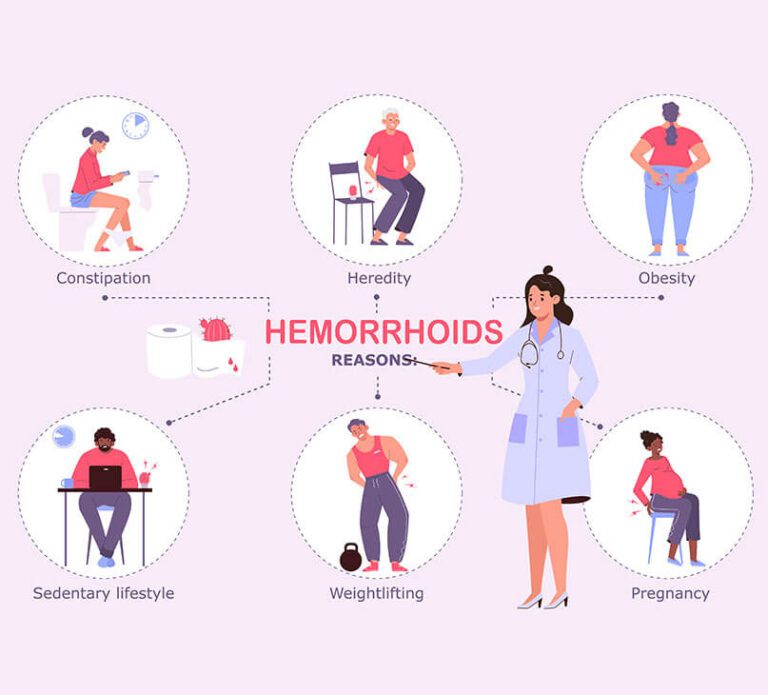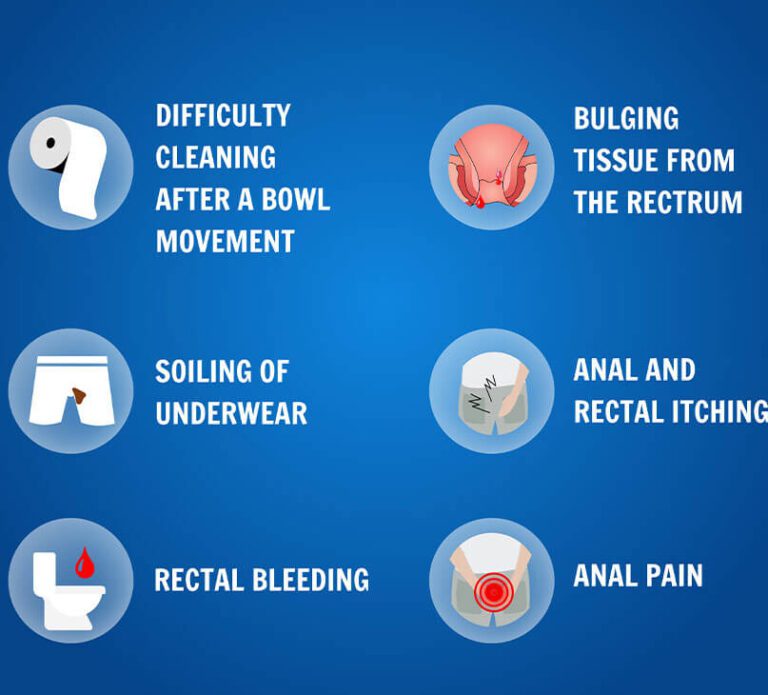Effective Homeopathic Treatment for Haemorrhoids (Piles)
Targeting the Root Cause for Long-Term Relief
Modern Homeopathy Treatment for Haemorrhoids/Piles
At Modern Homeopathy Pvt Ltd, we offer advanced homeopathic treatments for haemorrhoids (piles) that focus on addressing the root cause of the condition. Our research-based homeopathic formulations are designed to enhance the structure and function of the large intestine, supporting normal bowel movements and overall digestion.
Our treatments are painless, without side effects, and work at the cellular level to reverse the pathology, offering a long-term solution for piles. We provide moral support to both patients and their families by maintaining regular follow-ups and ensuring a high quality of life.
Conventional Treatment for Haemorrhoids

What are Piles/Haemorrhoids?
Haemorrhoids, aka piles, are swollen blood vessels that form lumps around the anus and lower rectum. These lumps can be painful, itchy, and cause significant discomfort. Haemorrhoids can be internal, located inside the rectum, or external, visible outside the anus. In many cases, a person may have both internal and external piles simultaneously.
Grades of Haemorrhoids
Haemorrhoids are classified into four grades based on the severity of their protrusion from the anal canal:
- Grade 1: Haemorrhoids bulge into the anal canal but do not protrude outside the anus.
- Grade 2: Haemorrhoids protrude through the anus during defecation or straining but return to their normal position on their own.
- Grade 3: Haemorrhoids protrude during defecation or straining and need to be manually pushed back into place.
- Grade 4: Haemorrhoids are permanently protruded and cannot be manually pushed back into position.


Causes of Haemorrhoids
The exact cause of haemorrhoids is not always clear, but it is believed to be linked to increased pressure in the veins of the lower rectum and anus. Some contributing factors include:
- Chronic Constipation: Straining during bowel movements increases pressure on the veins.
- Prolonged Sitting: Sitting for long periods, especially on the toilet, puts strain on the blood vessels in the rectal area.
- Pregnancy: The pressure from the growing uterus can affect the veins in the lower body, leading to haemorrhoids.
- Obesity: Excess weight puts pressure on the veins in the rectal and pelvic areas.
- Heavy Lifting: Regular heavy lifting can contribute to haemorrhoid development.
Symptoms of Haemorrhoids
The signs and symptoms of haemorrhoids can vary but may include:
- Itching and Irritation: The swollen lumps can cause irritation and itching around the anus.
- Pain and Discomfort: The swelling and scratching of the lining of the anal canal can lead to pain and discomfort during bowel movements.
- Bleeding: You may notice little amounts of blood after bowel movements, especially if the haemorrhoids have been scratched or irritated.
- Lump Formation: A soft lump may be felt around the anus in cases of external piles, particularly in Grades 2 and 3.

Homeopathic Approach to Haemorrhoids
Homeopathy offers a natural, wholesome approach to treating piles. Our homeopathic remedies aim to reduce the inflammation and swelling of haemorrhoids, restore normal bowel movements, and prevent future flare-ups. By focusing on the root cause of the condition, homeopathy offers long-term relief from the discomfort and pain caused by haemorrhoids.
Key benefits of homeopathic treatment for haemorrhoids include:
- Reducing Swelling: Remedies work to reduce the size of the haemorrhoids and relieve associated symptoms.
- Improving Digestion: Homeopathic remedies enhance the functioning of the digestive system, preventing constipation and promoting normal bowel movements.
- Relieving Pain and Discomfort: Remedies help alleviate pain, itching, and irritation around the anus.
- Preventing Recurrence: By targeting the underlying causes, homeopathy helps reduce the likelihood of future haemorrhoid formation.
Contact Modern Homeopathy for Personalised Piles Treatment
If you or a loved one is suffering from haemorrhoids (piles), Modern Homeopathy Pvt Ltd offers personalised, holistic treatment plans. Our team of experienced homeopathic doctors will develop a treatment plan addressing your specific needs, helping you achieve long-term relief from haemorrhoids and improve your overall digestive health.
